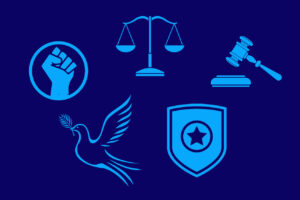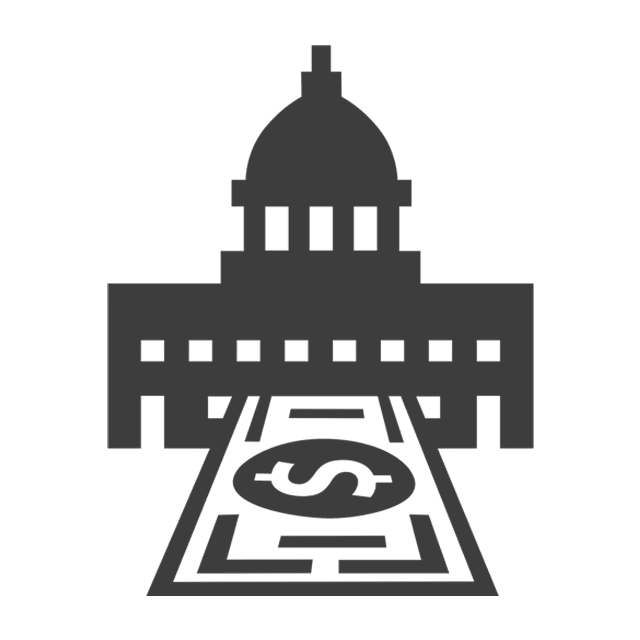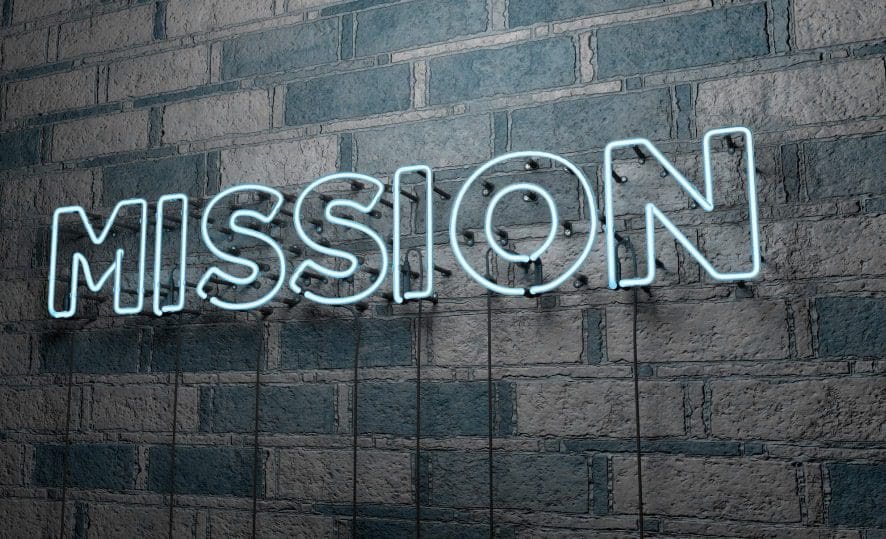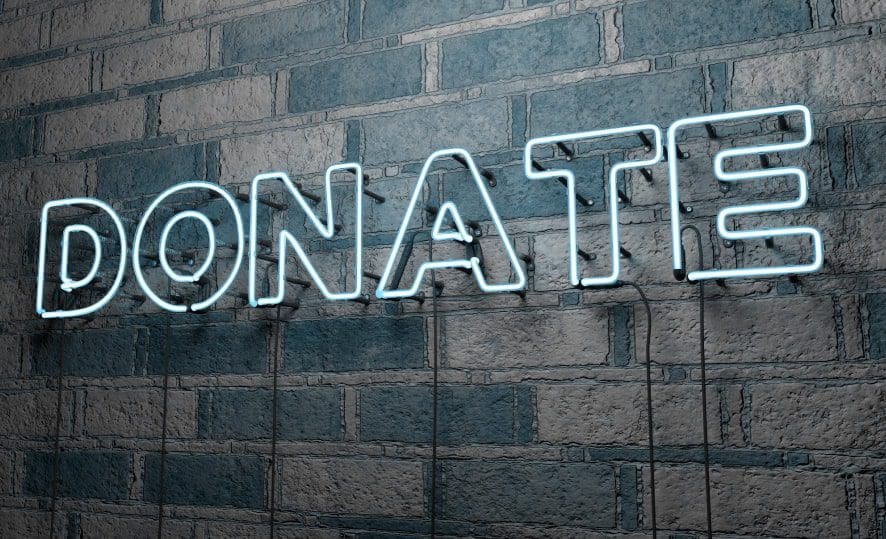College football is big business. Unfortunately, taxpayers see little in return for all the money they put into it, willingly or not.
Just as we enter 2019 knowing the NCAA College Football National Championship playoff game will pit Alabama Crimson Tide vs. Clemson Tigers on January 7, an analysis from Forbes shows that out of the four teams that made it to the semifinals, only one doesn’t use public funds to pay its coach.

And interestingly enough, the only school that doesn’t rely on taxpayer charity can hold its own when it comes to profits, as it’s not drowning in debt like the other publicly funded institutions.
College football coaches, the highest paid public employees in the country, make millions of dollars every year. Take Nick Saban, the head coach for the University of Alabama, for instance. He made $11.7 million last year, earning the highest public salary in the country. Since 2010, Forbes found out, he’s received the total of $64 million — all funded by taxpayers.
University of Oklahoma’s head coach, Lincoln Riley, also earned big bucks, receiving $4.8 million last year. While University of Clemson’s head coach Dabo Swinney is the second highest paid coach in America, making $7.1 million a year.
All of this thanks to subsidies provided by average Americans.
But the University of Notre Dame, a private institution, doesn’t disclose how much it pays its coach. After all, it doesn’t use subsidized dough. Still, Forbes discovered that its head football coach, Brian Kelly, has a $2.1 million salary. A much more realistic figure when compared to the salaries other coaches are earning.
But if these numbers weren’t enough to convince you that the mere existence of subsidies distorts the market in a bad way, then take a look at each school and how much they profit from football.
Oklahoma earned $58.1 million in profits, Alabama made $46 million, and Clemson made a meager $7.8 million thanks to football. Notre Dame, the only private school to make it to the semifinals, made the most profits from football alone: $63 million.
Despite their earnings, Oklahoma, Alabama, and Clemson have already compromised their earnings due to their outstanding debt.
Alabama owes $225 million for the next 28 years, Oklahoma owes about $110 million, and Clemson, whose debt more than tripled in the last ten years, has to set aside $1,414 from each of its in-state student’s tuition and fees each year to pay its debt.
Notre Dame, on the other hand, has nothing but a bright future ahead, with a $13.1 billion endowment and a few billion more in assets.
It’s Time To Make College Football Great
As Forbes writers pointed out, we live in a “football-focused society where championships are purchased with taxpayer-guaranteed seven and eight-figure salaries.” But as Notre Dame has demonstrated, a private institution can do better than most while using its resources more wisely — and what’s best, without twisting the taxpayer’s arm.
Perhaps, college football programs should turn their back to the NCAA and stop hiding behind “amateurism” to justify their dependence on the taxpayer. Instead, they could license their names and logos to private, for-profit subsidiaries that would operate the football programs independently.
This would allow teams to no longer be restricted by federal laws and what’s best, unsuccessful and unprofitable college programs would be weeded out as there would be no easy cash flow from the federal government to keep them going. If anything, privatizing college football would finally help us focus on what really matters: skills.

























